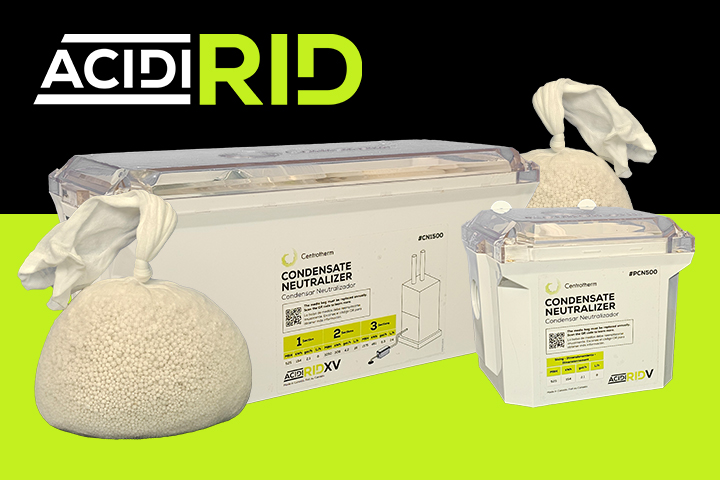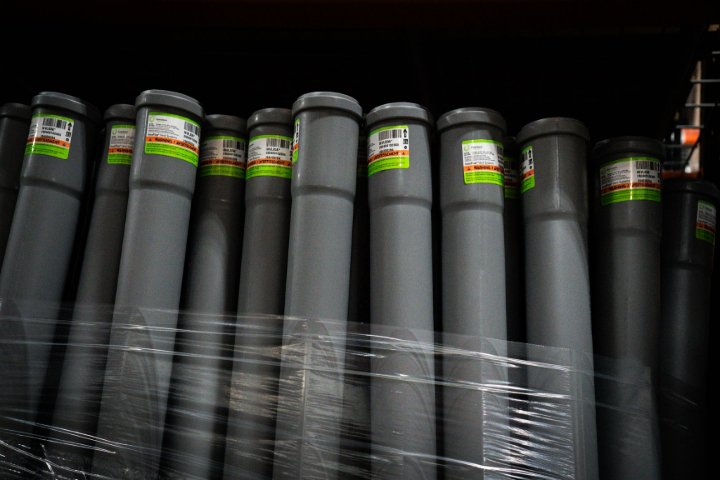Flue gas is the mixture of gases produced when fuel is burned in appliances such as gas boilers, furnaces, or tankless water heaters. In heating appliances, these gases must be carefully vented through an exhaust or flue system, often called a gas boiler flue to prevent buildup of carbon monoxide and other combustion by-products inside a building.
In HVAC and boiler systems, the flue definition refers to a pipe or duct designed to safely vent combustion gases from a heating appliance. In simple terms, the flue def is the pathway that allows harmful gases to exit the appliance. This term is commonly used by engineers, installers, and inspectors when discussing heating appliances and safety requirements.
What Is Flue Gas? The Definition You Need
Flue gas is primarily composed of nitrogen, carbon dioxide, water vapor, and small amounts of carbon monoxide and nitrogen oxides. The gas boiler flue or boiler exhaust pipe is the conduit that channels these gases safely outdoors.
The term flue is often used interchangeably with vent, but technically a flue refers to the inner passage carrying exhaust, while the vent system includes all connected parts such as elbows, appliance adapters, and termination fittings.
Why Flue Gas Matters to Contractors and Manufacturers
When flue gases are not properly vented, they can cause:
- Reduced appliance efficiency.
- Corrosion inside vent materials.
- Dangerous indoor air contamination.
In municipalities where relevant mechanical standards are enforced, manufacturers and installers must ensure systems meet UL 1738 listing requirements. In non-code markets, systems should be designed, installed, and maintained to ensure safe operation and venting performance in accordance with the appliance manual.
Flue, Vent, and Exhaust - What’s the Difference?
While they’re related, these components serve distinct purposes:
- Flue: The flue definition is the pipe or duct that carries combustion gases from the appliance.
- Exhaust vent: The complete system designed to transport and discharge flue gas outdoors.
- Boiler exhaust pipe: The system or gas boiler flue that carries combustion gases safely from the boiler outside.
Understanding these distinctions helps manufacturers design safe and efficient venting systems.

How Flue Gas Behaves: Temperature, Pressure, and Condensation
Temperature and Condensate Formation
As gas cools while moving through the system, condensate forms. This moisture is slightly acidic and can corrode metal pipes over time. Centrotherm’s InnoFlue® Polypropylene venting systems and InnoFlue® Lite resist these effects, offering long-lasting durability and simplified installation.
Products like AcidiRID are specifically engineered to neutralize acidic condensate from high efficiency heating appliances, protecting both the building and the environment. Its compact design and easily replaceable media bag make maintenance quick and hassle-free.
Pressure Categories and Vent Performance
Different appliances operate under positive or negative pressure. gas boiler flue system must handle the corresponding stress and maintain an airtight seal to prevent gas leakage.
Designing a Safe Appliance Exhaust Vent
Material and Listing Requirements
Materials used in heating appliance venting systems must meet applicable safety standards. In municipalities where relevant mechanical standards are enforced, this includes UL 1738 in the US and ULC S636 in Canada, which verify resistance to temperature, pressure, and corrosion. In non-code markets, materials should still be selected and installed to ensure safe, reliable operation in accordance with the appliance.
Centrotherm’s InnoFlue® Lite is a lightweight, CE EN 14471–certified polypropylene vent system engineered for safe and reliable use with Category II and IV gas-fired appliances (U.S.) and Class II C appliances (Canada). While it does not include the flame retardants required for UL 1738 certification, InnoFlue® Lite is specifically designed to withstand flue gas exhaust temperatures up to 230°F (110°C) without risk of degradation, ensuring long-lasting performance and durability.
System Layout and Condensate Management
Exhaust runs should minimize bends and include proper condensate drains to protect the appliance.
Sealing and Joint Integrity
Centrotherm’s InnoFlue® uses gasketed connections that provide a gas-tight seal, simplifying installation while reducing field errors.
Common Venting for Multiple Appliances
In multi-unit buildings, shared vent systems must be engineered for balanced pressure and certified for combined exhaust loads.

Centrotherm’s Approach to Flue Gas Venting
Centrotherm’s flue gas venting products combine innovation, compliance, and installer convenience.
Safety and Compliance
Standard InnoFlue® is listed to UL 1738 standards in the Unites States.
Installation Efficiency
Lightweight materials and gasketed joints reduce labor time and callbacks.
Sustainability and Durability
Centrotherm’s polypropylene construction resists corrosion and extends system life, ensuring long-term performance backed by a 10-year limited warranty.
Key Takeaways for Heating Appliance Professionals including HVAC specialists
Flue gas management is central to heating appliance safety and efficiency. By maintaining a clear flue definition and by understanding how combustion gases behave and ensuring your exhaust systems comply with required codes and safety requirements, you can protect end users and enhance appliance performance.
Need help selecting the right flue gas system for your next project? Contact our team below. We also offer training for your team!
Get in touch today.
Do you have a question about our solutions, our product portfolio or are you interested in becoming one of our international business partners? Please contact us, we will be happy to help you.
Contact us
